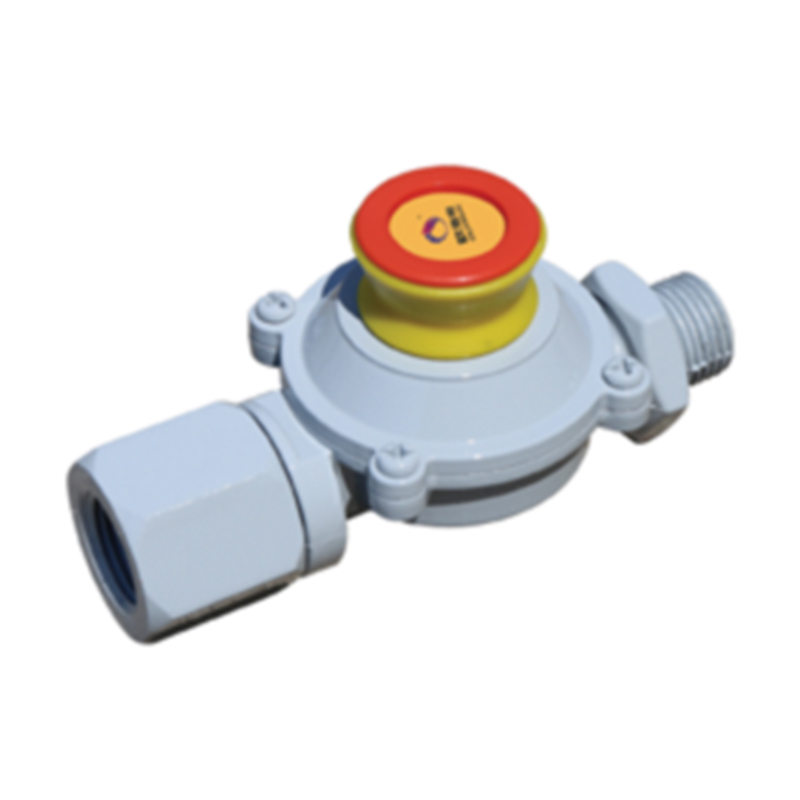
Dec . 09, 2024 19:04
Back to list
Exploring the Functionality and Applications of Pneumatic Control Valves in Automation Systems
Understanding Pneumatic Control Valves Key Components and Applications
Pneumatic control valves are critical components in various industrial applications, serving as regulators of airflow and pressure in pneumatic systems. These valves control the flow of gases, thereby playing a vital role in the operation of many automated processes. Understanding how these valves work, their components, and their applications can provide insight into their importance in modern industry.
Components of Pneumatic Control Valves
1. Body The body of a pneumatic control valve is typically made from durable materials such as brass, stainless steel, or plastic. The choice of material depends on the operating environment and the media being handled. The body houses various internal components and is designed to withstand high pressures and temperatures.
2. Actuator The actuator is the component that drives the valve open or closed. It can be powered by compressed air, electric signals, or hydraulics. Pneumatic actuators are the most common for control valves, converting compressed air into mechanical motion. There are different types of actuators, including diaphragm, piston, and rotary, each suited to specific applications.
3. Trim The trim consists of elements that control the flow of fluid through the valve. This includes components such as the valve seat, disc, and plug. The trim design significantly influences the valve’s flow characteristics and rangeability.
4. Flow Control Mechanism Depending on the design, pneumatic control valves can operate in various ways, including throttling, on/off, or proportional control. This versatility allows for precise control over the flow rates and pressure levels in pneumatic systems.
5. Positioners In more advanced applications, valves may be equipped with positioners that provide feedback on the valve’s position. This enables automatic adjustments and enhances the precision of flow control, making the system more efficient.
Working Principle
Pneumatic control valves work by modulating the flow of air or gas based on external signals. When the actuator receives a signal, it either opens, closes, or modulates the valve to control the airflow. The position of the valve can be dictated by various input signals, including electrical signals from a controller or changes in system pressure.
pneumatic control valve

For instance, in a typical automated system, a Programmable Logic Controller (PLC) sends a signal to the actuator based on the desired pressure or flow rate values. The actuator then adjusts the valve’s position accordingly, allowing the system to maintain optimal operating conditions.
Applications of Pneumatic Control Valves
Pneumatic control valves find applications across many industries, primarily due to their reliability and ability to maintain precise control over processes
. Here are a few notable applications1. Manufacturing In manufacturing plants, these valves control pneumatic actuators that drive machinery, assembly lines, and robots. They ensure that processes occur smoothly and efficiently, reducing downtime and enhancing productivity.
2. Packaging Pneumatic control valves are essential in packaging industries, where they manage the operation of pneumatic conveying systems that transport products and materials to different packaging stations.
3. Food and Beverage In the food processing sector, maintaining hygiene is crucial. Pneumatic control valves help control mixers, fillers, and packagers, enabling the production of food and beverages under safe conditions.
4. Pharmaceuticals The pharmaceutical industry relies heavily on pneumatic systems for manufacturing. Control valves ensure precise dosing and mixing of ingredients, complying with stringent regulatory requirements.
5. Process Control Many processes, such as chemical production and oil refining, utilize pneumatic control valves to manage the flow of gases and liquids, ensuring safety and efficiency in operations.
Conclusion
Pneumatic control valves play a pivotal role in the automation of various industrial processes by regulating airflow and pressure. Understanding their components, working principles, and applications is essential for industries seeking to optimize their operations. As technology advances, the development of more sophisticated pneumatic control valves continues to foster improvements in efficiency, safety, and precision, making them an indispensable element in the modern industrial landscape.
Latest news
-
Safety Valve Spring-Loaded Design Overpressure ProtectionNewsJul.25,2025
-
Precision Voltage Regulator AC5 Accuracy Grade PerformanceNewsJul.25,2025
-
Natural Gas Pressure Regulating Skid Industrial Pipeline ApplicationsNewsJul.25,2025
-
Natural Gas Filter Stainless Steel Mesh Element DesignNewsJul.25,2025
-
Gas Pressure Regulator Valve Direct-Acting Spring-Loaded DesignNewsJul.25,2025
-
Decompression Equipment Multi-Stage Heat Exchange System DesignNewsJul.25,2025

